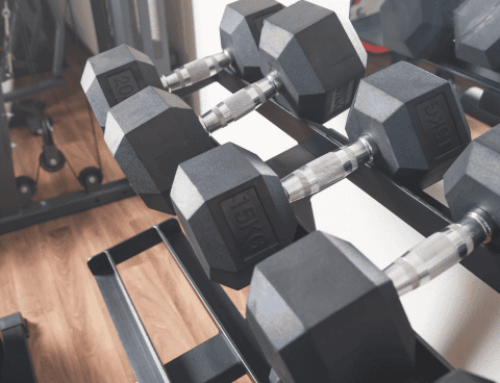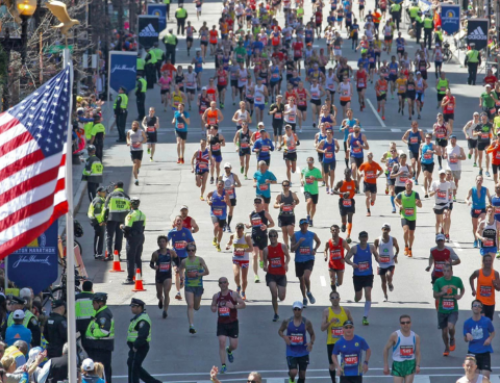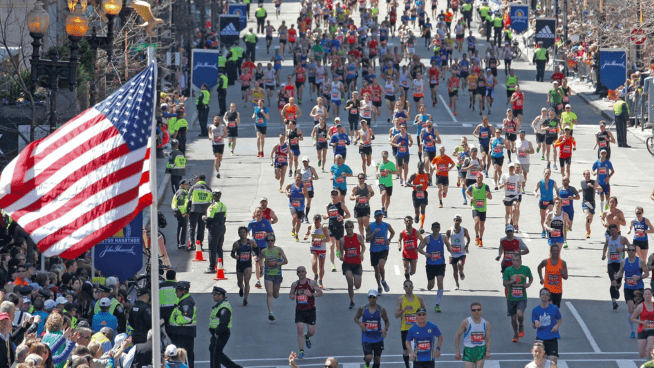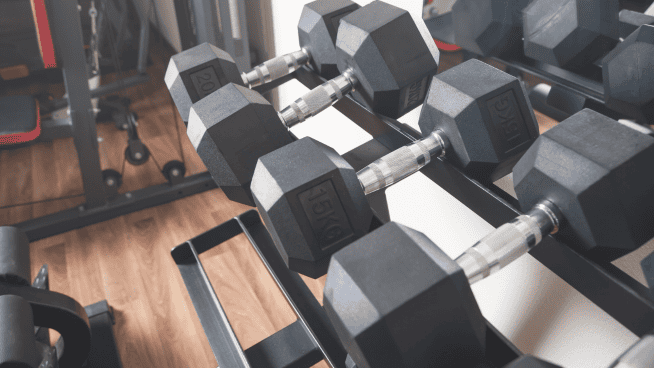It is often said that ‘exercise is medicine,’ yet a recent report showed that health practitioners are uncertain as to what constitutes adequate prescription. If it were a pill, the practitioners would know the dosage, frequency, weight, and duration. For the general population, ideas are even vaguer: what is high intensity? What is a MET?
This article shall explain a few guidelines and give specific examples as to what that looks like to Joe Public. Specific prescriptions have been shown to have more efficacy.
In a recent review of research studies looking at exercise interventions to improve health, one thing stood out: how unclear the exercise prescriptions were!
Academic studies need to be thoroughly referenced; their statistics have to be sound, and peers review them. Yet, when it comes to describing the detail of exercises, there is less rigor. This is frustrating for both other researchers who are looking to replicate the study and for practitioners like Doctors, Physical Therapists, and fitness instructors who want to know how much, how often, and what type of exercise is most effective.
The good news is that exercising improves a person’s fitness and reduces their chance of suffering from non-communicable diseases. This includes:
- Improved Cardio Respiratory Fitness reducing the chance of all Cardiovascular diseases and Cancer.
- Muscle-strengthening exercises reduce the risk of Cardiovascular Diseases, total cancer, diabetes, and lung cancer, as well as improve musculoskeletal health.
The evidence is clear: exercising to improve your cardiorespiratory fitness or doing muscle-strengthening exercises reduce your chance of suffering from non-communicable diseases and some cancer.
How much Exercise Medicine should I prescribe?
This is the tricky part. For the habitual exercisers, those who do something every week, the message is simple: Keep it up.
It is important to understand how difficult it is for people to change behavior, especially if they lack motivation, confidence, capacity, or understanding. That is why we need to encourage and reward existing behavior and build from there.
The keen cyclist, runner, dancer, walker, and swimmer might benefit from doing some muscle-strengthening exercises. This is best done in their environment to start rather than tell them to ‘join a gym’, which requires overcoming a different set of obstacles.
Examples include:
Bodyweight exercises before or after their current workouts.
- Sit to stands (squats) and step-ups on park benches.
- Inclined press-ups on the park bench and tricep dips (or poolside).
- Lunges and standing jump before setting off.
- Carrying the bicycle at arm’s length in various different positions.
The evidence is that an hour a week of muscle-strengthening exercises reduces the risk of disease, but more than that doesn’t reduce the risk further. For those who aren’t doing these types of exercises, little and often is as good as visiting the gym once a week.
The keen gym user who only lifts weights will benefit from some cardiorespiratory type exercises. Something that gets them out of breath or raises their heart rate for a sustained time. For this group, this could be integrated into their gym session: they are already there. This could be used in the warm-up or after lifting their weights. Stationary cycling, jumping rope, and treadmill running are all suitable.
For the sedentary person, building confidence is the key. Encouraging them to do a little bit more will allow them to stack success. For them, telling them that they need to do an hour of muscle-strengthening exercises each week is as hard to conceive as asking me to climb Mount Everest: I would not know where to start.
The same applies to cardiorespiratory exercises: the sedentary person will be intimidated by the current recommendation that:
‘All healthy adults aged 18–65 yr should participate in moderate-intensity aerobic physical activity for a minimum of 30 min on five days per week, or vigorous-intensity aerobic activity for a minimum of 20 min on three days per week.’ (American College of Sports Medicine)
Instead, if they are encouraged to do a little bit more, then they will improve. No, this won’t meet the guidelines, but it is an improvement. Think of a snowball rolling down a mountain: it starts off with a tiny golf ball size and accumulates more and more.
For this population, doing more in the home and work is a great place to start. This can include:
- Parking further away from the office, supermarket, movie theatre, and restaurant.
- Using stairs rather than elevators.
- Using the bathroom on a different level from the one you work on (also works at home, go up and down the stairs each time you need to use the bathroom, make a drink, eat a snack, check social media on your phone).
- Walk around the block in the morning, lunchtime, and evening.
- Cleaning the house more frequently or tidying up the yard.
Once this person has got into these tiny habits, they can think about doing longer walks, getting a walking buddy, and taking up an active hobby such as line-dancing or bowling.
Summary
The good news is that exercise improves health; this is indisputable. The bad news is that there is no one dose that suits every individual. Instead, health practitioners should seek to understand where the person is now, and encourage more exercise in that environment and build from there.
RECOMMENDED FOR YOU
MOST POPULAR
It is often said that ‘exercise is medicine,’ yet a recent report showed that health practitioners are uncertain as to what constitutes adequate prescription. If it were a pill, the practitioners would know the dosage, frequency, weight, and duration. For the general population, ideas are even vaguer: what is high intensity? What is a MET?
This article shall explain a few guidelines and give specific examples as to what that looks like to Joe Public. Specific prescriptions have been shown to have more efficacy.
In a recent review of research studies looking at exercise interventions to improve health, one thing stood out: how unclear the exercise prescriptions were!
Academic studies need to be thoroughly referenced; their statistics have to be sound, and peers review them. Yet, when it comes to describing the detail of exercises, there is less rigor. This is frustrating for both other researchers who are looking to replicate the study and for practitioners like Doctors, Physical Therapists, and fitness instructors who want to know how much, how often, and what type of exercise is most effective.
The good news is that exercising improves a person’s fitness and reduces their chance of suffering from non-communicable diseases. This includes:
- Improved Cardio Respiratory Fitness reducing the chance of all Cardiovascular diseases and Cancer.
- Muscle-strengthening exercises reduce the risk of Cardiovascular Diseases, total cancer, diabetes, and lung cancer, as well as improve musculoskeletal health.
The evidence is clear: exercising to improve your cardiorespiratory fitness or doing muscle-strengthening exercises reduce your chance of suffering from non-communicable diseases and some cancer.
How much Exercise Medicine should I prescribe?
This is the tricky part. For the habitual exercisers, those who do something every week, the message is simple: Keep it up.
It is important to understand how difficult it is for people to change behavior, especially if they lack motivation, confidence, capacity, or understanding. That is why we need to encourage and reward existing behavior and build from there.
The keen cyclist, runner, dancer, walker, and swimmer might benefit from doing some muscle-strengthening exercises. This is best done in their environment to start rather than tell them to ‘join a gym’, which requires overcoming a different set of obstacles.
Examples include:
Bodyweight exercises before or after their current workouts.
- Sit to stands (squats) and step-ups on park benches.
- Inclined press-ups on the park bench and tricep dips (or poolside).
- Lunges and standing jump before setting off.
- Carrying the bicycle at arm’s length in various different positions.
The evidence is that an hour a week of muscle-strengthening exercises reduces the risk of disease, but more than that doesn’t reduce the risk further. For those who aren’t doing these types of exercises, little and often is as good as visiting the gym once a week.
The keen gym user who only lifts weights will benefit from some cardiorespiratory type exercises. Something that gets them out of breath or raises their heart rate for a sustained time. For this group, this could be integrated into their gym session: they are already there. This could be used in the warm-up or after lifting their weights. Stationary cycling, jumping rope, and treadmill running are all suitable.
For the sedentary person, building confidence is the key. Encouraging them to do a little bit more will allow them to stack success. For them, telling them that they need to do an hour of muscle-strengthening exercises each week is as hard to conceive as asking me to climb Mount Everest: I would not know where to start.
The same applies to cardiorespiratory exercises: the sedentary person will be intimidated by the current recommendation that:
‘All healthy adults aged 18–65 yr should participate in moderate-intensity aerobic physical activity for a minimum of 30 min on five days per week, or vigorous-intensity aerobic activity for a minimum of 20 min on three days per week.’ (American College of Sports Medicine)
Instead, if they are encouraged to do a little bit more, then they will improve. No, this won’t meet the guidelines, but it is an improvement. Think of a snowball rolling down a mountain: it starts off with a tiny golf ball size and accumulates more and more.
For this population, doing more in the home and work is a great place to start. This can include:
- Parking further away from the office, supermarket, movie theatre, and restaurant.
- Using stairs rather than elevators.
- Using the bathroom on a different level from the one you work on (also works at home, go up and down the stairs each time you need to use the bathroom, make a drink, eat a snack, check social media on your phone).
- Walk around the block in the morning, lunchtime, and evening.
- Cleaning the house more frequently or tidying up the yard.
Once this person has got into these tiny habits, they can think about doing longer walks, getting a walking buddy, and taking up an active hobby such as line-dancing or bowling.
Summary
The good news is that exercise improves health; this is indisputable. The bad news is that there is no one dose that suits every individual. Instead, health practitioners should seek to understand where the person is now, and encourage more exercise in that environment and build from there.











